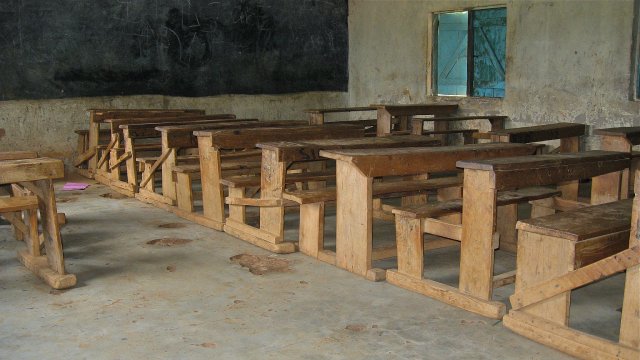|
John Tyman's Cultures in Context Series AFRICAN HABITATS : FOREST, GRASSLAND AND SLUM Studies of the Maasai, the Luhya, and Nairobi's Urban Fringe |
|
|
|
|
|
John Tyman's Cultures in Context Series AFRICAN HABITATS : FOREST, GRASSLAND AND SLUM Studies of the Maasai, the Luhya, and Nairobi's Urban Fringe |
|
|
|
|
 |
| 257. In the absence of the school buses which carry students in Australia, children here walk to school, along roads or local pathways. |
 |
| 259. In recent years, though, many classrooms have been floored with concrete, like this one at Kakunga, so children are spared this chore. |
 |
| 266. Many boys walk to school each day but those living too far away board there during the week, in brick dormitories. |
 |
| 267. They are fed ugali each evening and sometimes for lunch also, and uji for breakfast. |
 |
| 268. They each have plates and/or bowls of their own and have to keep them clean. |
 |
| 270. Matron also has a store where she keeps the necessary disinfectant and from which she issues toilet rolls to the boys and soaps for both laundry and toilet use. |
 |
| 271. The school library was less well equipped in the year I was there. This shelf displayed their entire Geography reference section (plus a few history books). |

![]()
Text, photos and recordings
by John Tyman
Intended for Educational Use
Only.
Contact Dr. John Tyman at johntyman2@gmail.com
for more information regarding
licensing.
![]()
www.hillmanweb.com
Photo processing, Web page layout,
formatting and hosting by
William
Hillman ~ Brandon, Manitoba ~ Canada